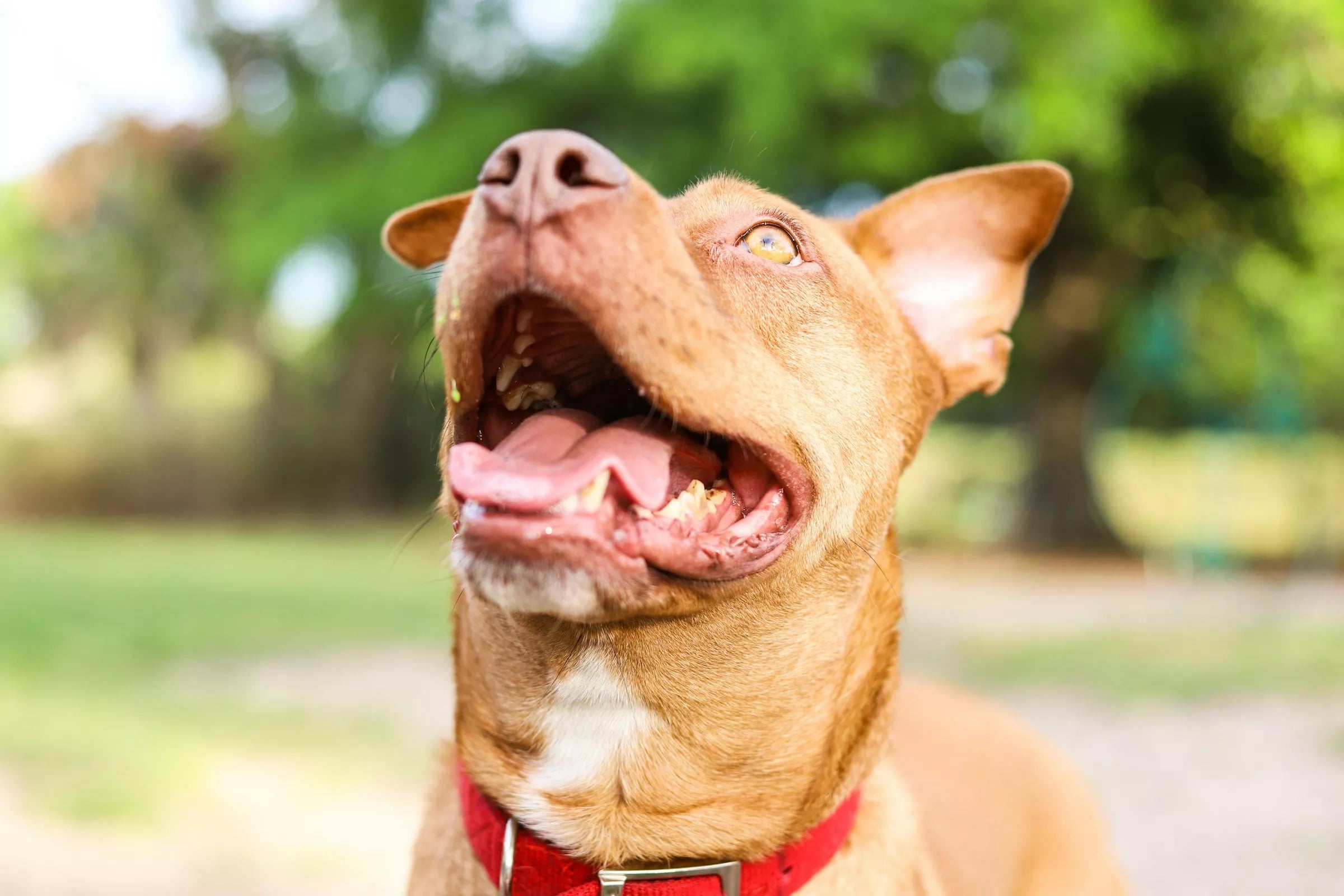How Long Do Dogs Live?

As dog lovers, we all wish our furry friends could live forever. While we can’t slow time, we can better understand what influences canine longevity. From breed and size to genetics and care, here's what determines how long dogs live—and how to help them thrive for years to come.
Jump to:
Average Lifespan by Size

One of the most reliable indicators of a dog’s lifespan is its size. Smaller breeds tend to live longer than larger ones. Here’s a general breakdown:
- Small breeds (e.g. Chihuahua, Toy Poodle): 12–16 years
- Medium breeds (e.g. Beagle, Cocker Spaniel): 10–14 years
- Large breeds (e.g. Labrador Retriever, German Shepherd): 8–12 years
- Giant breeds (e.g. Great Dane, Mastiff): 6–10 years
There are always exceptions—some large dogs live well into their teens, and smaller dogs can have shorter lives due to health issues.
Factors That Affect Lifespan
A dog’s lifespan is influenced by more than just size. Here are some of the most important factors:
- Breed: Certain breeds are more prone to genetic health conditions that can shorten life expectancy.
- Genetics: Even within breeds, some dogs inherit stronger immune systems and healthier hearts than others.
- Diet: A high-quality, balanced diet supports healthy ageing, weight management, and disease prevention.
- Exercise: Regular physical activity keeps joints mobile, weight in check, and minds stimulated.
- Preventive care: Vaccinations, parasite control, and routine vet check-ups help catch issues early.
- Spaying/neutering: Can lower the risk of some cancers and infections, contributing to a longer life.
- Oral hygiene: Poor dental health can lead to systemic infections that shorten lifespan.
How to Help Your Dog Live Longer

While we can’t change genetics, we can improve quality of life and potentially add years with good care. Here’s how:
- Feed a nutrient-rich, appropriate diet for their age and breed.
- Stick to a regular exercise routine—even senior dogs benefit from light daily movement.
- Visit the vet annually (or bi-annually for older dogs) to detect issues early.
- Brush their teeth or provide dental chews to prevent gum disease.
- Maintain a healthy weight to avoid strain on joints and organs.
- Provide mental enrichment through toys, training, and new experiences.
- Ensure a safe, low-stress environment—emotional wellbeing matters too.
FAQs
What dog breed lives the longest?
Chihuahuas, Toy Poodles, and Dachshunds are among the longest-lived breeds, often reaching 15–20 years with good care.
Can mixed-breed dogs live longer?
Yes, mixed-breed dogs often benefit from greater genetic diversity, which can reduce the risk of inherited diseases and extend lifespan.
When is a dog considered a senior?
Generally, dogs are considered seniors at around 7 years old, though smaller breeds may not show signs of ageing until closer to 10.
What are signs my dog is ageing?
Common signs include grey fur, reduced activity, joint stiffness, cloudy eyes, and changes in appetite or sleep patterns.
Is it true that one dog year equals seven human years?
Not quite. Dogs age faster in their early years. A more accurate rule is that the first year equals about 15 human years, the second around 9, and each year after that 4–5, depending on breed and size.















Share:
Why Do Dogs Have Wet Noses?
How Do You Stop Dogs from Digging?